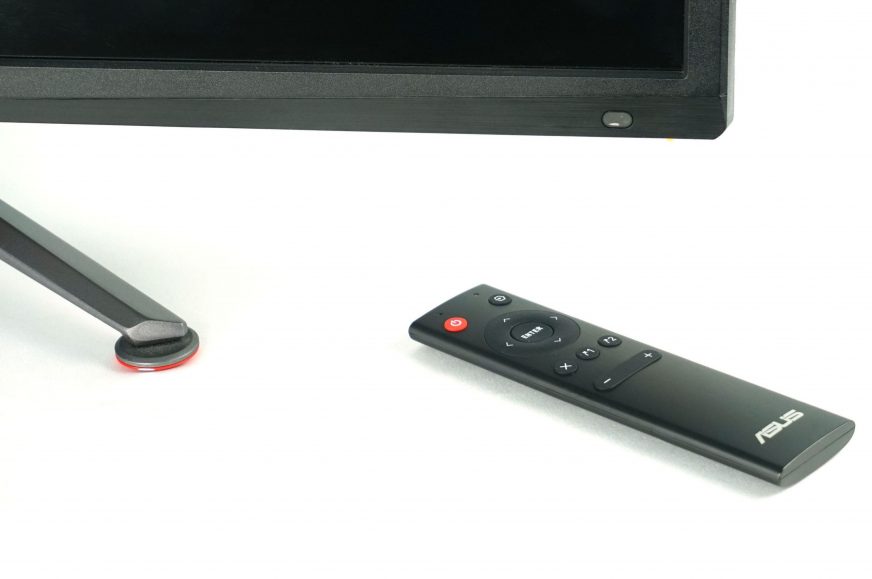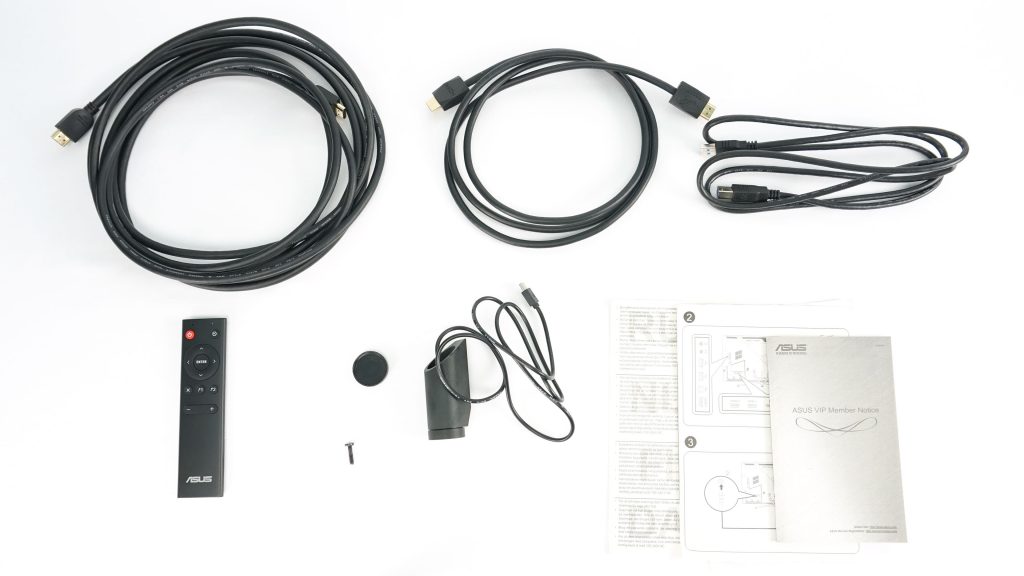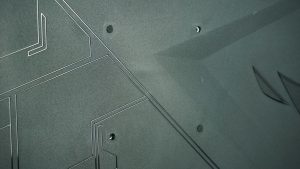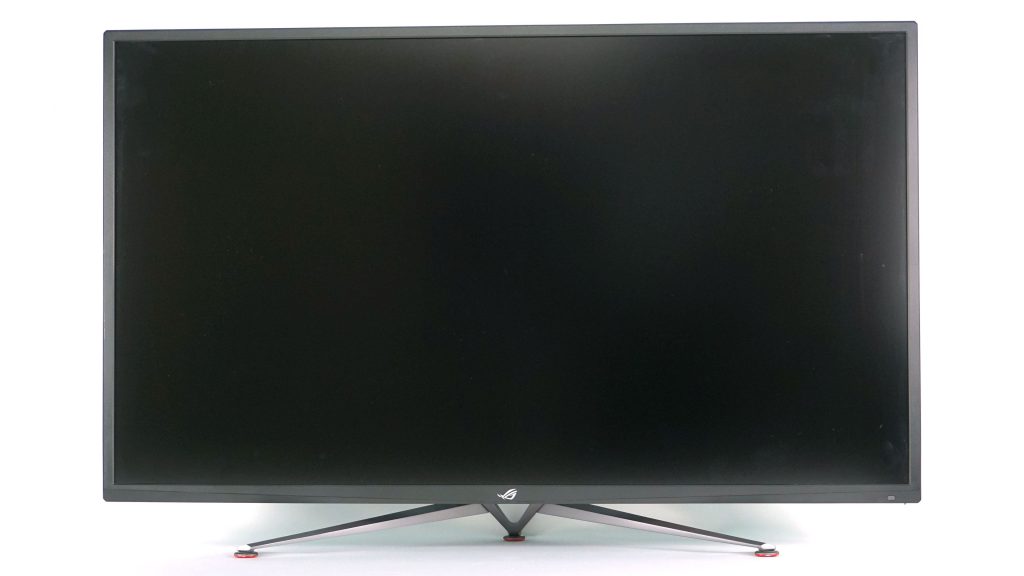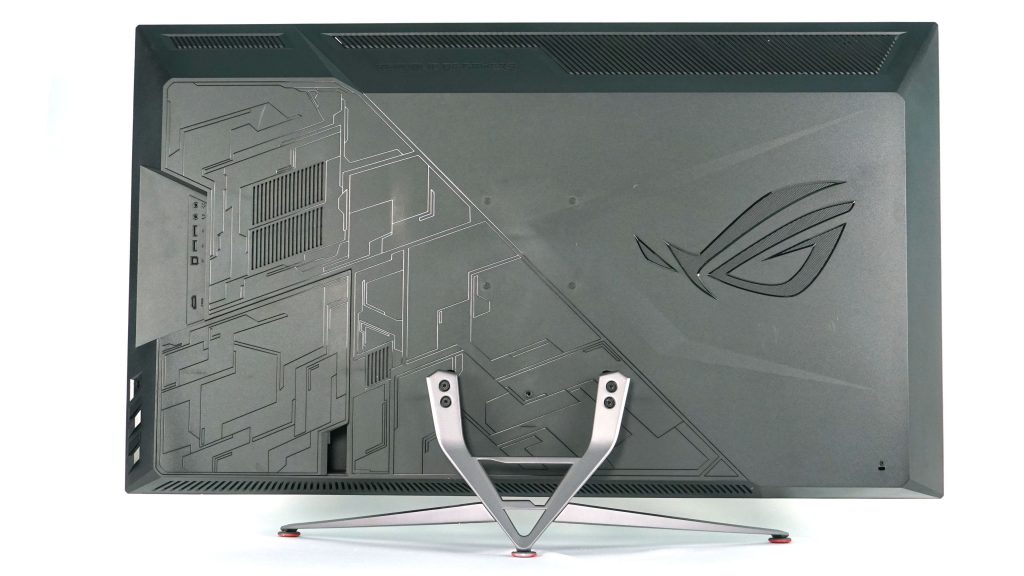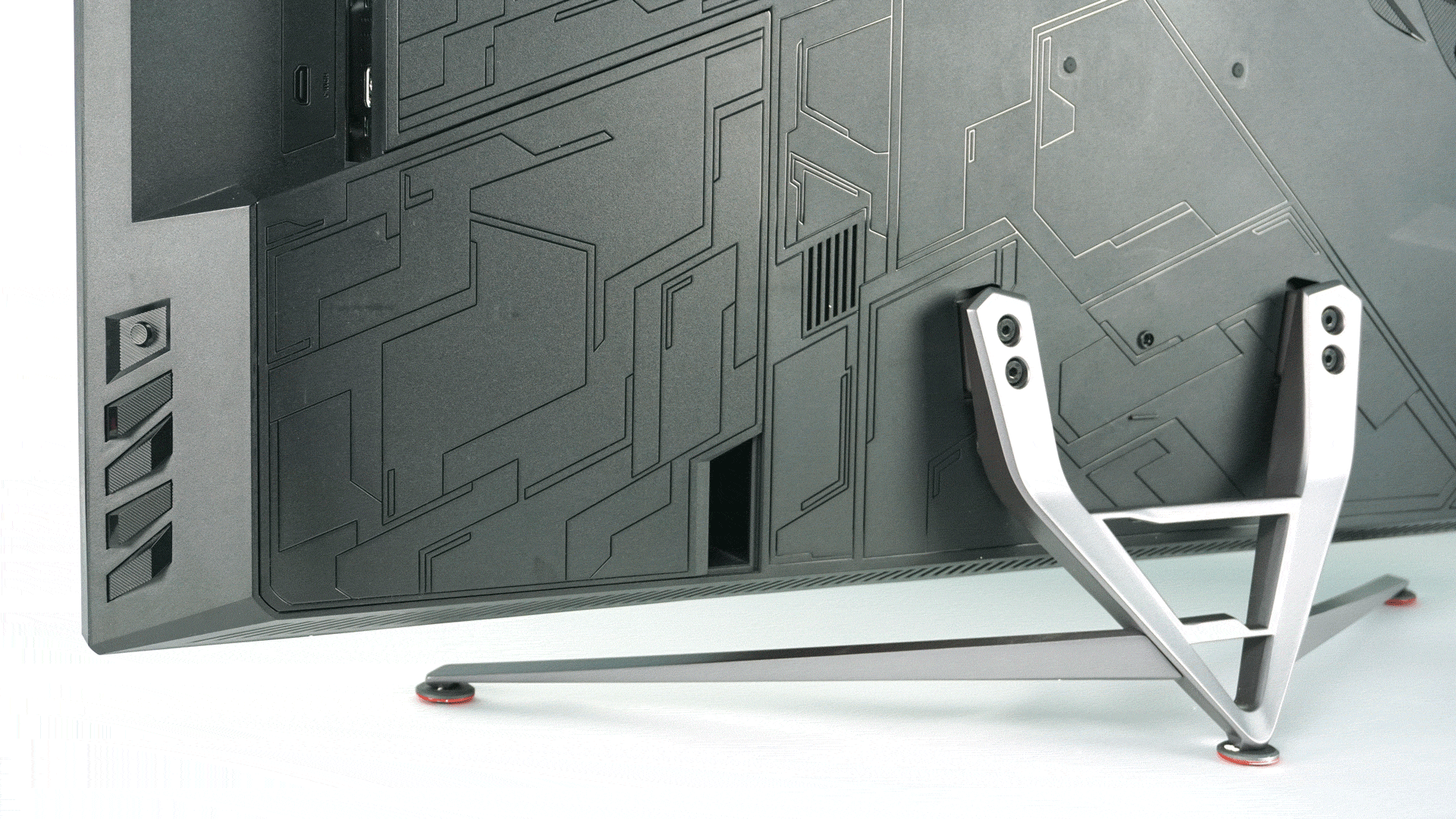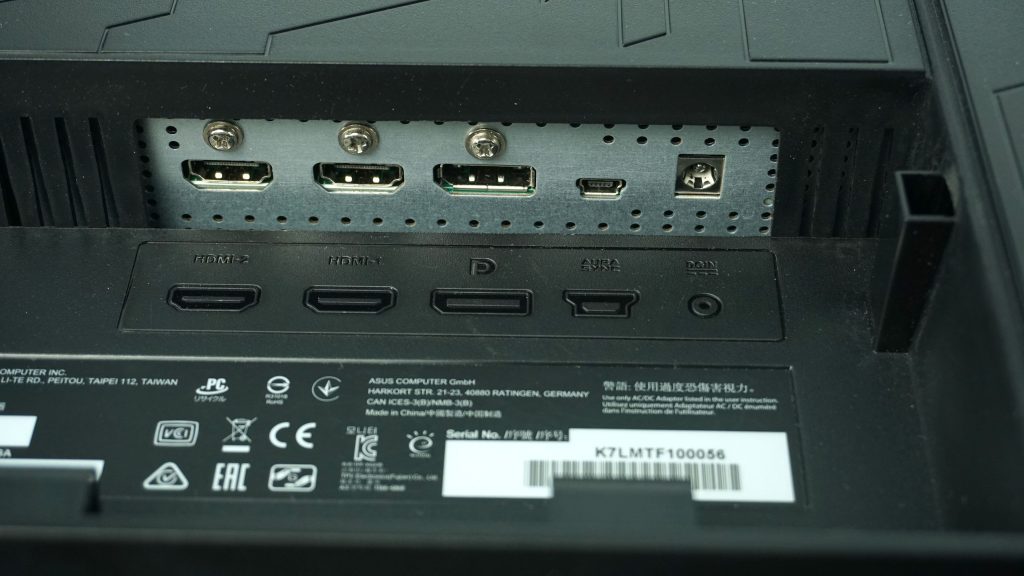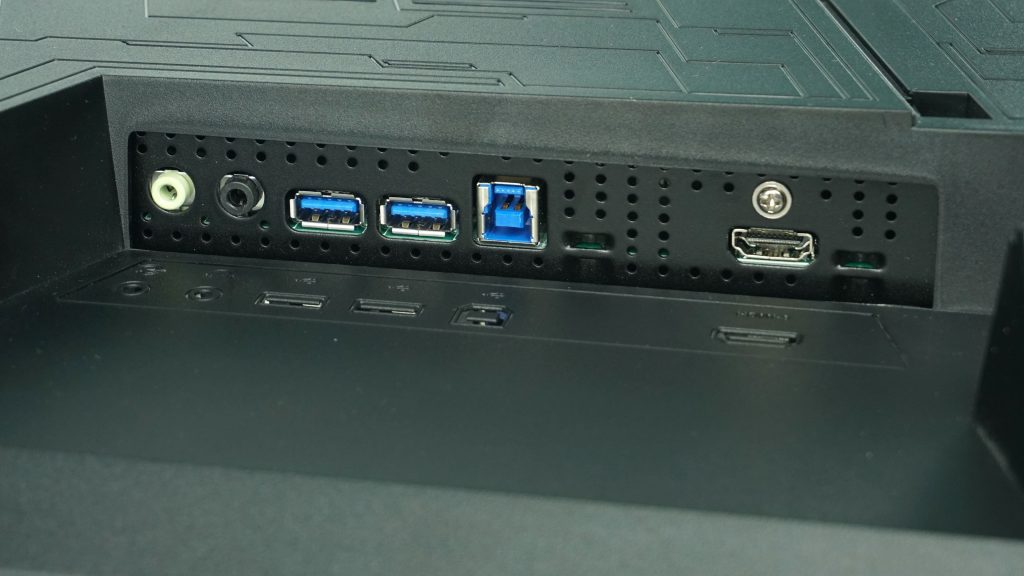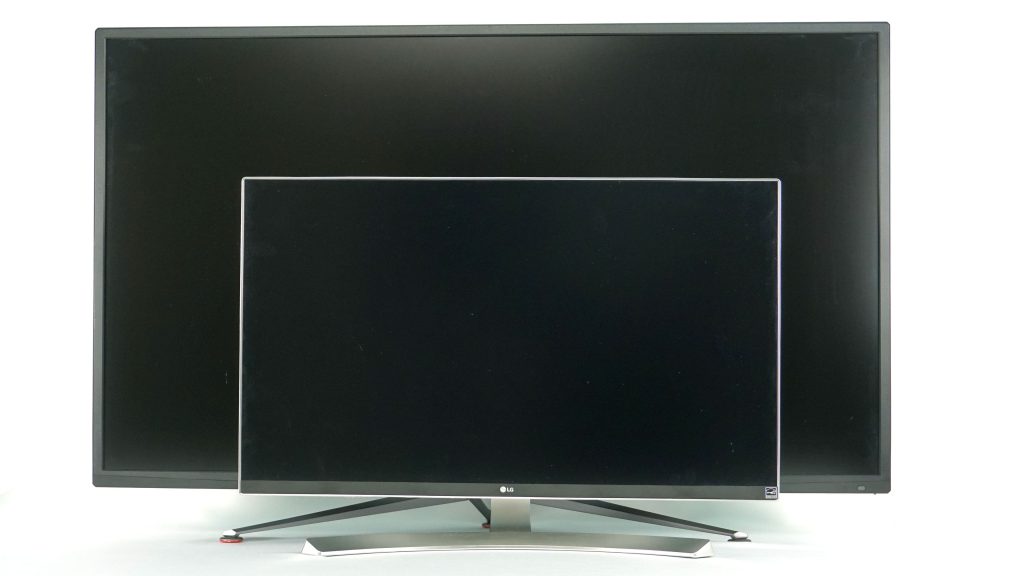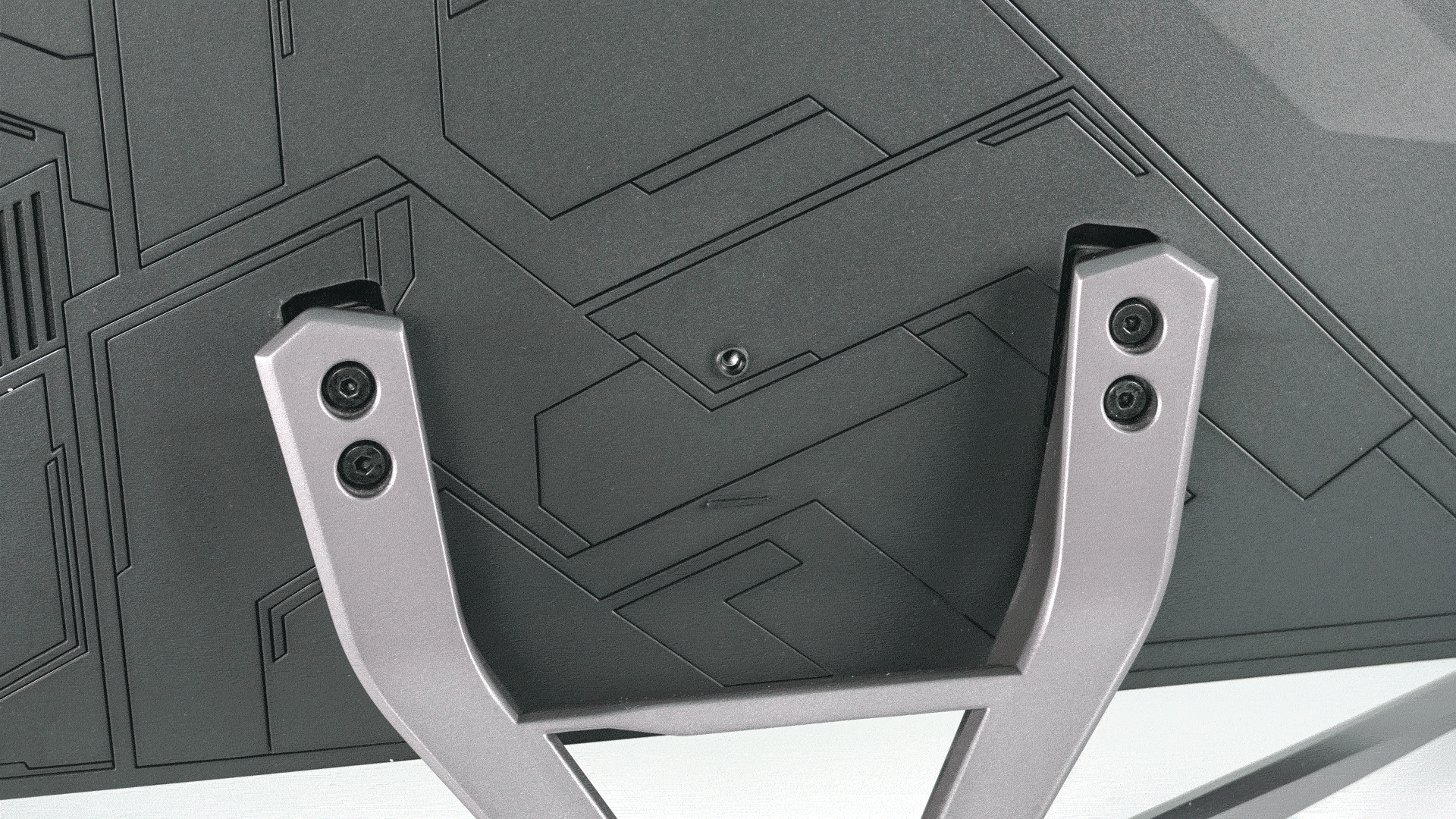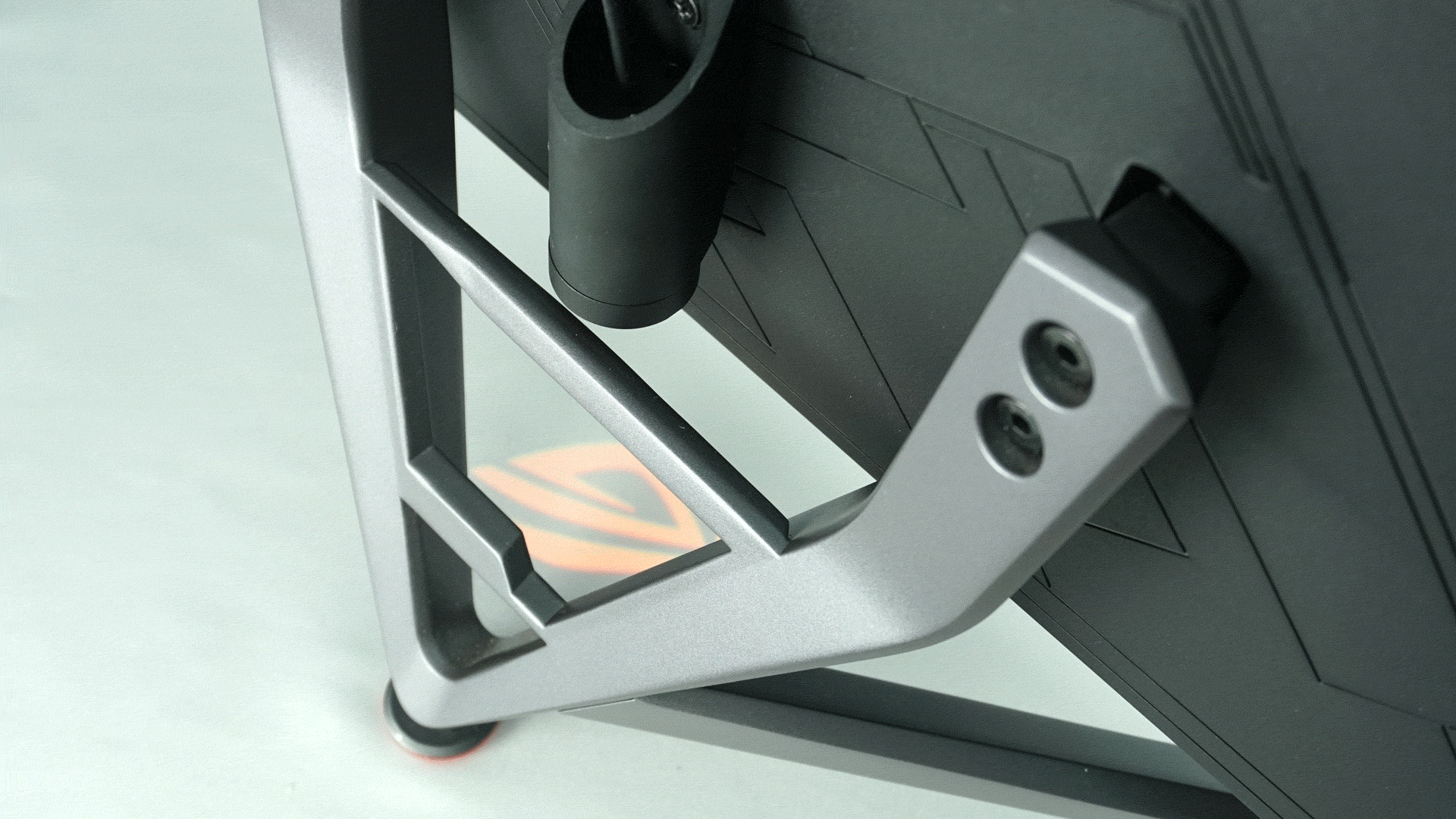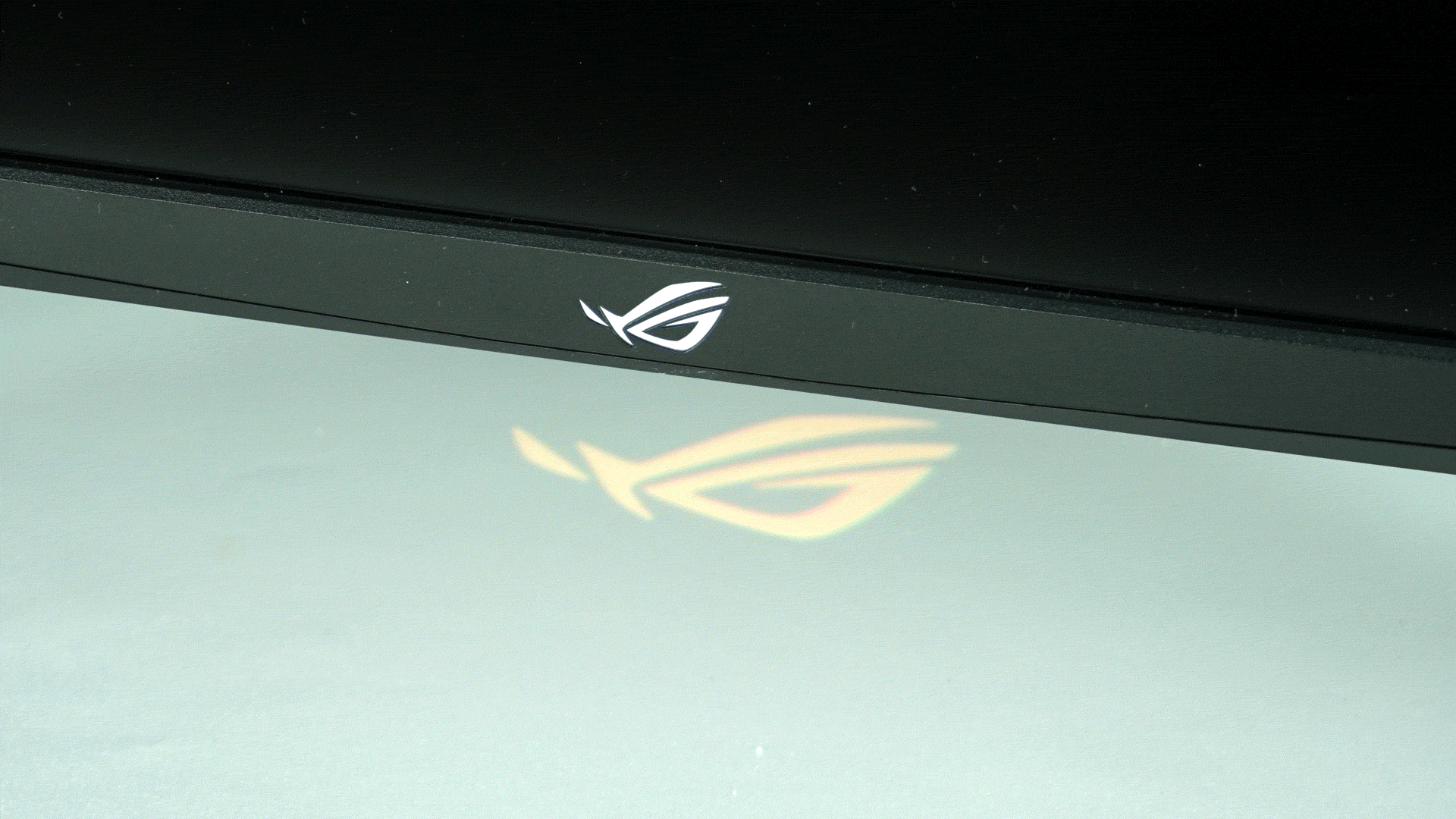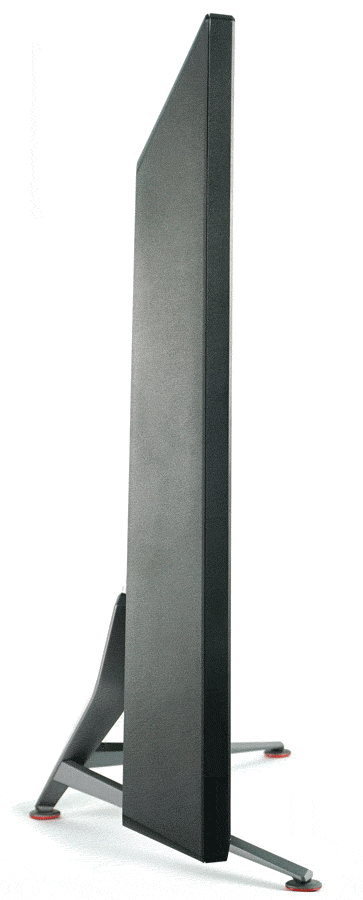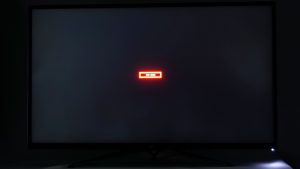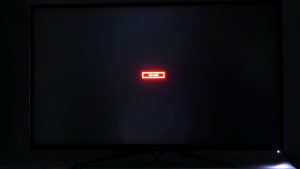Details
4K monitors are no longer unusual today. However, when labels like 120 Hz, HDR or FreeSync complement 4K, more than one player will start paying attention. I consider the ROG Strix XG438Q to be one of the most interesting gaming monitors on the market, as it has long been on my personal watchlist, too. Let’s take a look at this oversized breathtaking gaming display.
Basic specs
| Parameters | Asus |
| ROG Strix XG438Q | |
| Alfa Gamer Pro 60S | |
| Display | 43" VA, 16:9, flat |
| Resolution | 3840 × 2160 px |
| Refresh rate | 120 Hz |
| AMD FreeSync Premium Pro | yes, v2 |
| Response time | 4 ms (GTG) |
| Brightness | 450 nit (HDR 600 nit) |
| Contrast | 4000:1 |
| Color spaces | sRGB: 125 %, DCI-P3: 90 % |
| Outputs | 3× HDMI 2.0b, 1× DisplayPort 1.4 |
| USB hub | yes, 2× USB 3.0 |
| Audio input/output | yes/yes |
| Speakers | yes, 2× 10W |
| VESA | yes (100 × 100) |
| Approximate price | 1050 €/27 609 Kč |
Packaging and equipment
In addition to the monitor, the package includes a power adapter, documentation, two HDMI cables, USB type B for connection to a PC, a remote control and an RGB light. Interestingly, one of the HDMI cables is up to 5 meters long, which is quite unconventional.
The massive stand is already automatically attached to the display, so you won’t have to deal with complicated manipulation with such a large and heavy monitor. In case you would like to mount the monitor on a wall, it also offers VESA 100 × 100 mounting holes.
As already mentioned, the stand is part of the monitor right out of the box.
The front view shows us even 1.5 cm frames on all sides of the display and an ROG logo on the lower chin.
The back offers another large ROG logo as well as the typical futuristic pattern you already know from ROG products.
If you take a closer look at the bottom left edge, you can see a removable connectivity cover, or at least its lower half. The cover also has a slight hole for cable entry.
The lower part of the ports offers a pair of HDMI 2.0, one DisplayPort 1.4, micro USB type B for connecting the RGB light and a power connector.
On the left side is another part of the ports, which is available with no cover. There is a third HDMI 2.0, a pair of USB with a speed of 5 Gb/s and one USB type B connector for connection to a PC. We will also find a pair of 3.5 mm audio jacks for microphone and headphones.
The dimensions of the monitor are difficult to present on the images, so a comparison will be most appropriate. You can see the difference between 27 and 43 inches in the picture. The ROG monitor is thus significantly larger than the LG for comparison.
The package mentioned an RGB light. It attaches to the monitor between the arms of the stand and connects with a USB cable to the bottom part of the connectivity.
The monitor can then project the ROG logo onto the table.
The backlight has various colors and there is also synchronization via Aura Sync with your computer.
As it is a large monitor and the legs are firmly attached to the back, the monitor does not offer any height or pivot positioning.
You can only adjust the tilt of the monitor from -5 to +10 degrees.
Backlight bleed is difficult to evaluate on the monitor because, unlike other tested displays, it offers FALD backlighting, i.e. several individually backlit zones. You can see the difference between turning the local backlight on and off in the picture on the left and right. The display offers a small number of individually backlit zones, as you can see; in the active mode, areas of the screen that should not be lit are also backlit. The reason is the number and size of individual zones. More expensive models offer a higher number of individually backlit zones thanks to the use of FALD. For full-featured HDR backlighting, either an OLED or a miniLED panel would be required. This is such an intermediate step between the classic single backlighting of the entire screen and individual illuminating pixels.





